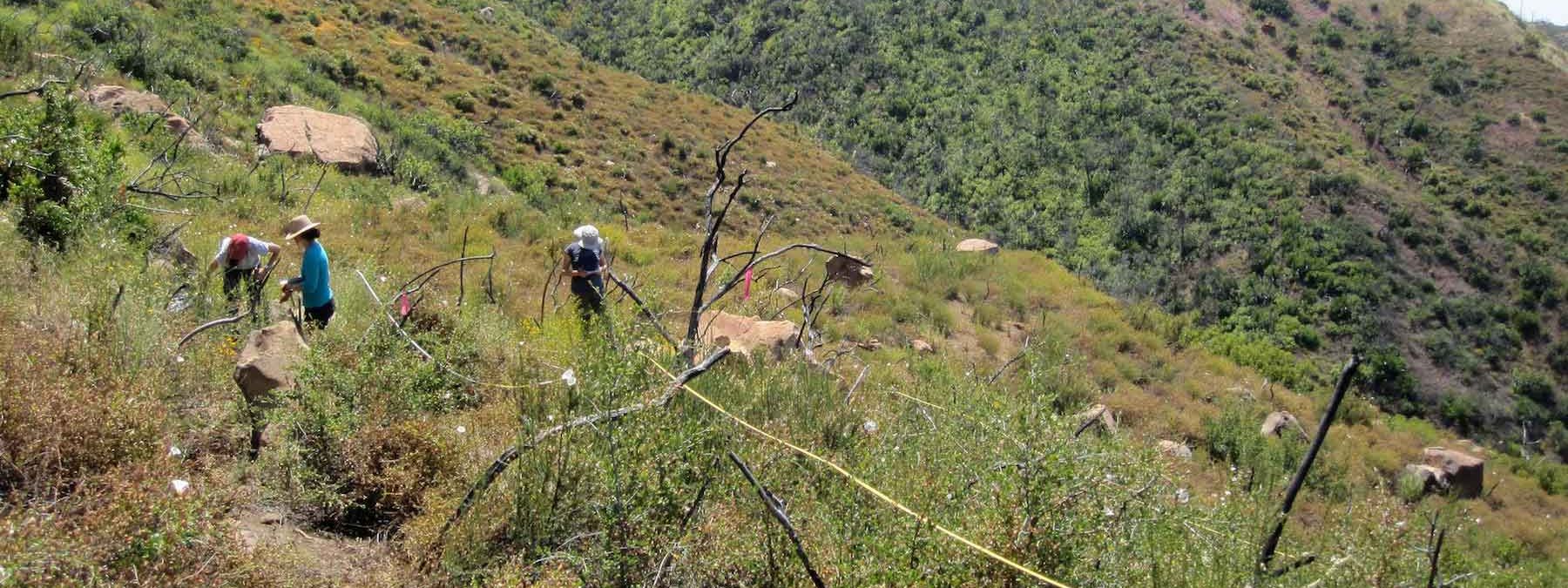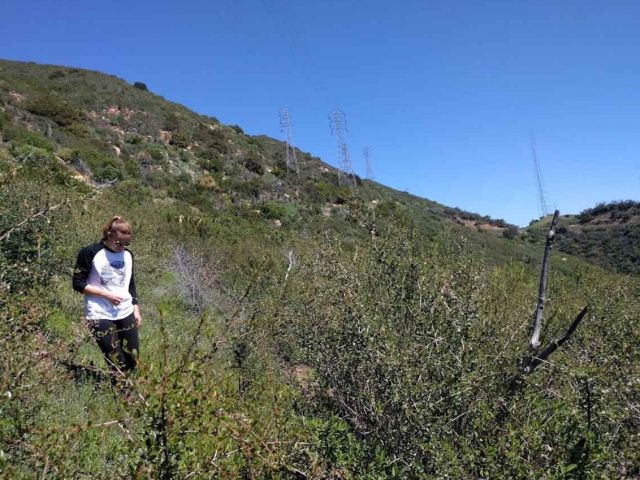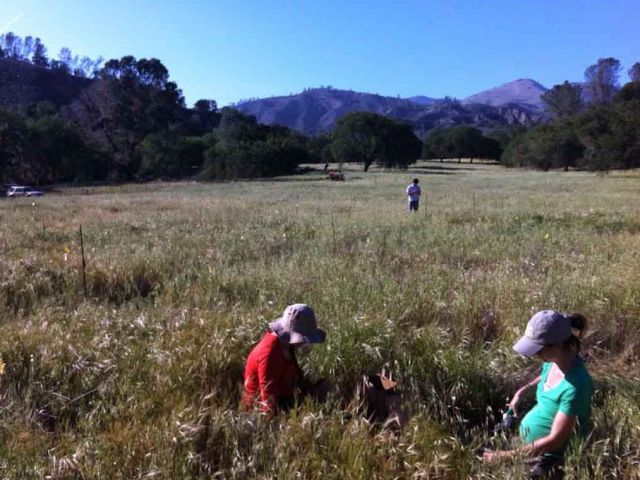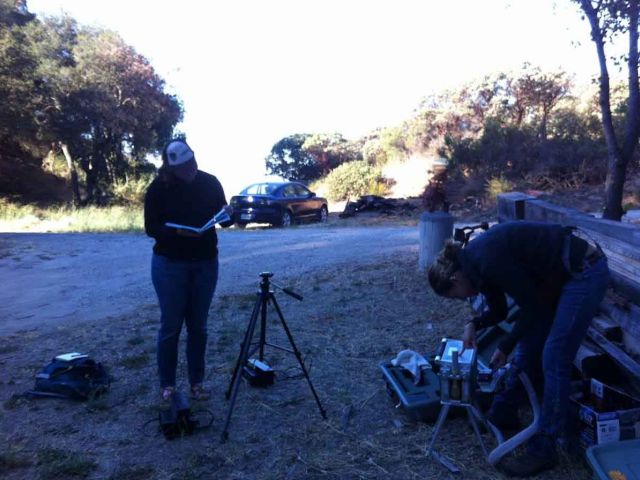Despite a rich history of research on interactions between plants and the environments that they occupy there are still many unanswered questions to be explored. As sessile organisms, plants that are exposed to stress either acclimate at the individual level, adapt at the population level, or risk mortality. By using natural environmental gradients and greenhouse studies we investigate how biotic and abiotic stressors influence plant traits and population demography. Understanding how single or multiple stressors affect plant fitness provides insights into mortality and dieback of populations and allows us to investigate basic questions on plant functional traits.
1. Ecophysiology of plant invasions
Using Tamarix spp and Phragmites australes as model species we have identified intraspecific variation in physiological traits that may increase the “invasibility” of these species. By using a common garden study and greenhouse experiments on Tamarix we have identified that populations allocate carbon to different pools depending on the environment where they grow. This local adaption was witnessed as plants from colder environments allocated more carbon to storage, even when grown at warm sites. Populations that grew at sites with lower water availability also showed more conservative traits associated with water use (increased stomatal sensitivity, more resilient xylem, decreased leaf area to sapwood area). Populations of P australes showed similar patterns of local adaptation, with populations from more arid sites being more efficient at acquiring carbon for each unit of water transpired.
2. Manzanita
Manzanita (Arctostaphylos spp) are dominant and important members of chaparral shrublands of California. In addition to the aesthetic value of their iconic red bark, manzanita berries and nectar are primary food sources for many birds, insects, and mammals, as well important components of the historical fire regime. Traditionally considered to be very drought tolerant, one species in particular (A. glauca) has been exhibiting dramatic dieback in Santa Barbara County. Research suggests the combined influences of extreme drought and introduced, opportunistic fungal pathogens as driving this dieback, and our lab is working to better understand these influences, as well as track and predict future changes across the landscape.
3. Nutrient limitation in grasslands throughout the world
As part of the "Nutnet" global network of grassland sites (http://nutnet.science.oregonstate.edu/), we are maintaining a fertilization experiment in exotic species-dominated old fields at the Sedgwick Reserve one hr from campus. Annually we measure biomass and compositional responses to N, P and micronutrient fertilization. Within these study plots we also maintain a litter manipulation and native plant seeding experiment to evaluate the importance of plant litter and nutrients to vegetation composition.




